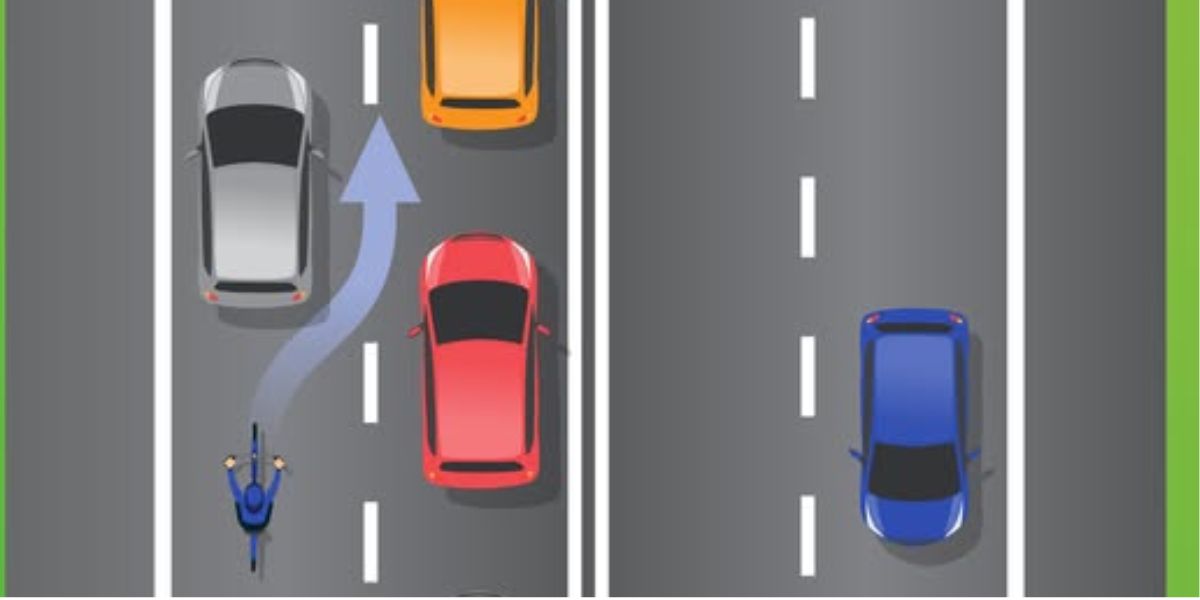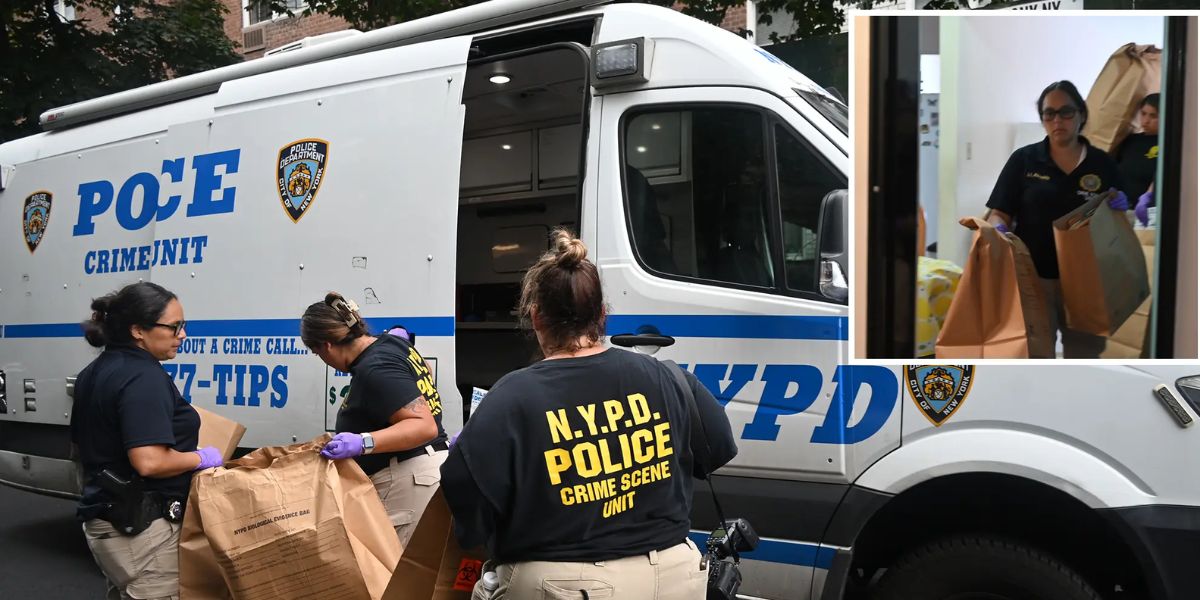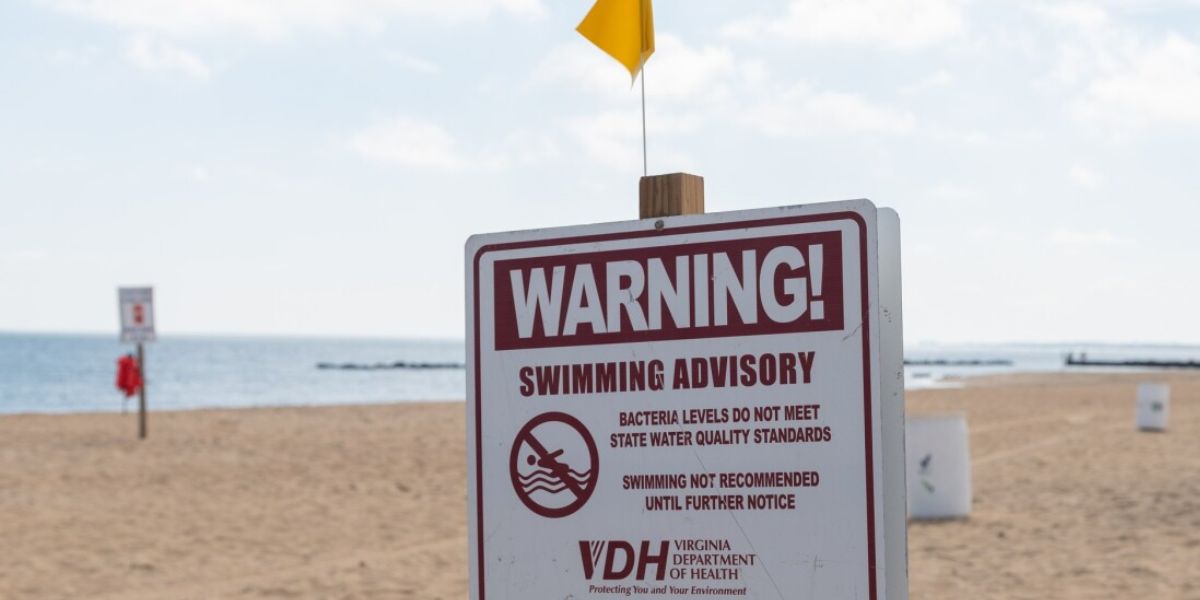New policy aims to reduce traffic congestion and protect motorcyclists — but not without controversy. Minnesota is set to join a small group of U.S. states in legalizing lane-splitting and lane-filtering for motorcyclists, hoping to ease traffic and improve road safety for riders.
The new law introduces strict guidelines to regulate the practice, which has long been a source of tension between drivers and motorcyclists.
A Longstanding Road Rivalry
While tensions between drivers and bicyclists often dominate road safety discussions, motorcyclists face similar frustration and aggression — particularly over lane-splitting.
- Lane-splitting: When a motorcyclist rides between two lanes of slow or stopped traffic.
- Lane-filtering: When a motorcyclist moves to the front of a traffic line at intersections.
These maneuvers are praised by some as time-saving and safety-enhancing, but opponents see them as dangerous, unpredictable, and unfair.
With different rules in different states — and inconsistent enforcement — many drivers are caught off guard, leading to tension and near-misses.
States That Currently Allow It
Only a handful of states have moved to legalize lane-splitting or filtering in any form:
- California: Lane-splitting and filtering are both legal and widely practiced.
- Utah: Lane filtering permitted in certain low-speed conditions.
- Montana, Arizona, Colorado: Allow lane filtering under specific limitations.
Now, Minnesota is joining the ranks — but with tightly defined rules.
What Minnesota’s New Law Says
Under the new legislation, lane-splitting is legal — but only in limited conditions:
- Only on multi-lane highways
- Motorcyclists must travel under 25 mph
- Riders may not exceed 15 mph faster than surrounding traffic
The law is designed to reduce the risk of rear-end collisions, which are common when motorcyclists are stuck in stop-and-go traffic behind distracted drivers.
The Minnesota Motorcycle Safety Center supported the move, calling it a balanced step toward improving both traffic flow and rider protection.
A Controversial Shift in Safety Thinking
Supporters argue that policies like lane-splitting reflect real-world behavior and help manage risks proactively — rather than by imposing outright bans.
This approach mirrors other evolving traffic strategies, like raising speed limits in some areas rather than lowering them. While speeding remains a leading factor in fatal crashes, studies show that significant differences in vehicle speed — not just high speeds — are a major cause of accidents.
Read Also: Driving Without Inspection Sticker Can Lead to Costly Consequences, DMV Says
When slow-moving vehicles force others to brake or swerve unexpectedly, it can lead to more aggressive driving behavior and crashes.
The Bigger Picture
As states like Minnesota move to modernize traffic laws, they’re grappling with how to balance safety, efficiency, and evolving road behavior.
These updates may not satisfy everyone, but they reflect a larger national conversation:
Are we better off banning risky behaviors — or managing them safely with clear, enforceable rules?
What Do You Think?
Do you support Minnesota’s move to legalize lane-splitting? Should more states follow suit?
Share your thoughts in the comments — and ride safe out there. Also, visit ridgecrestpact.org for more updates.









